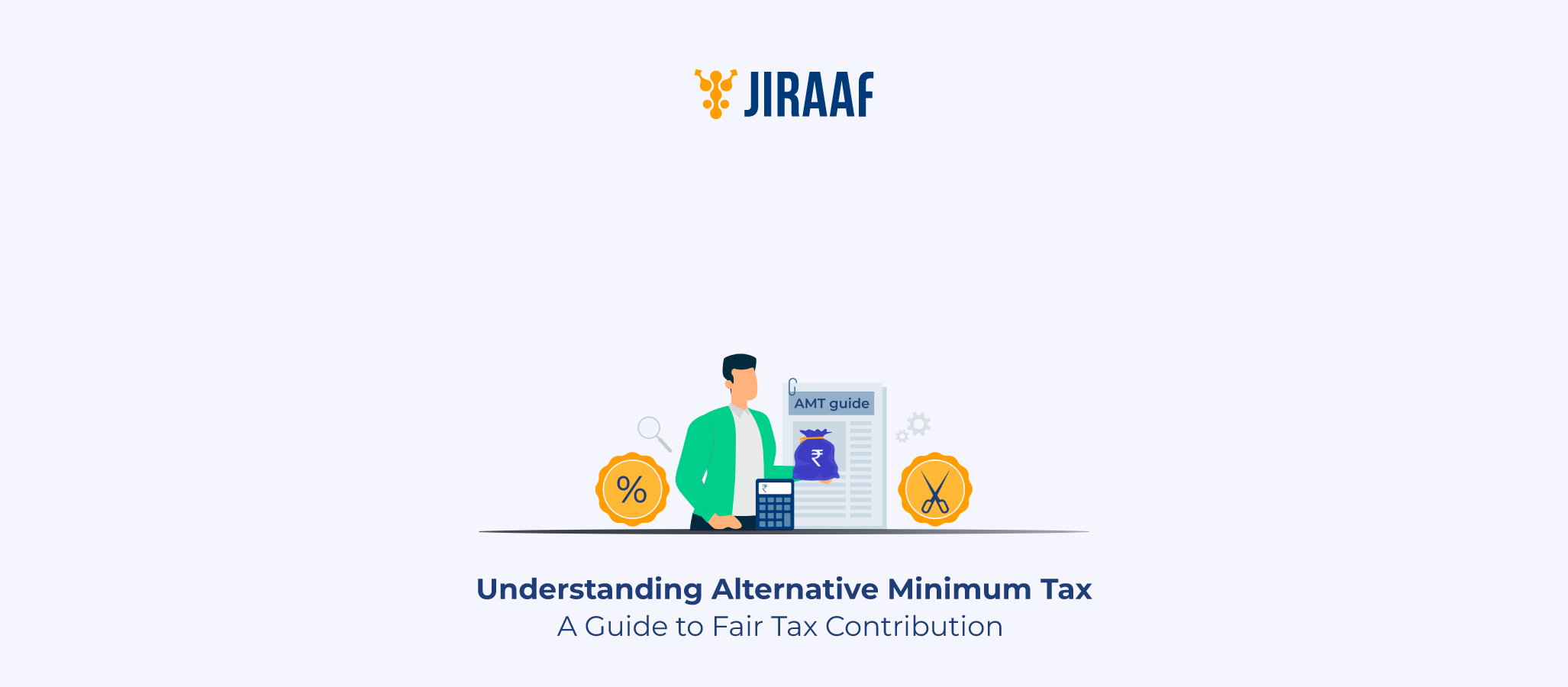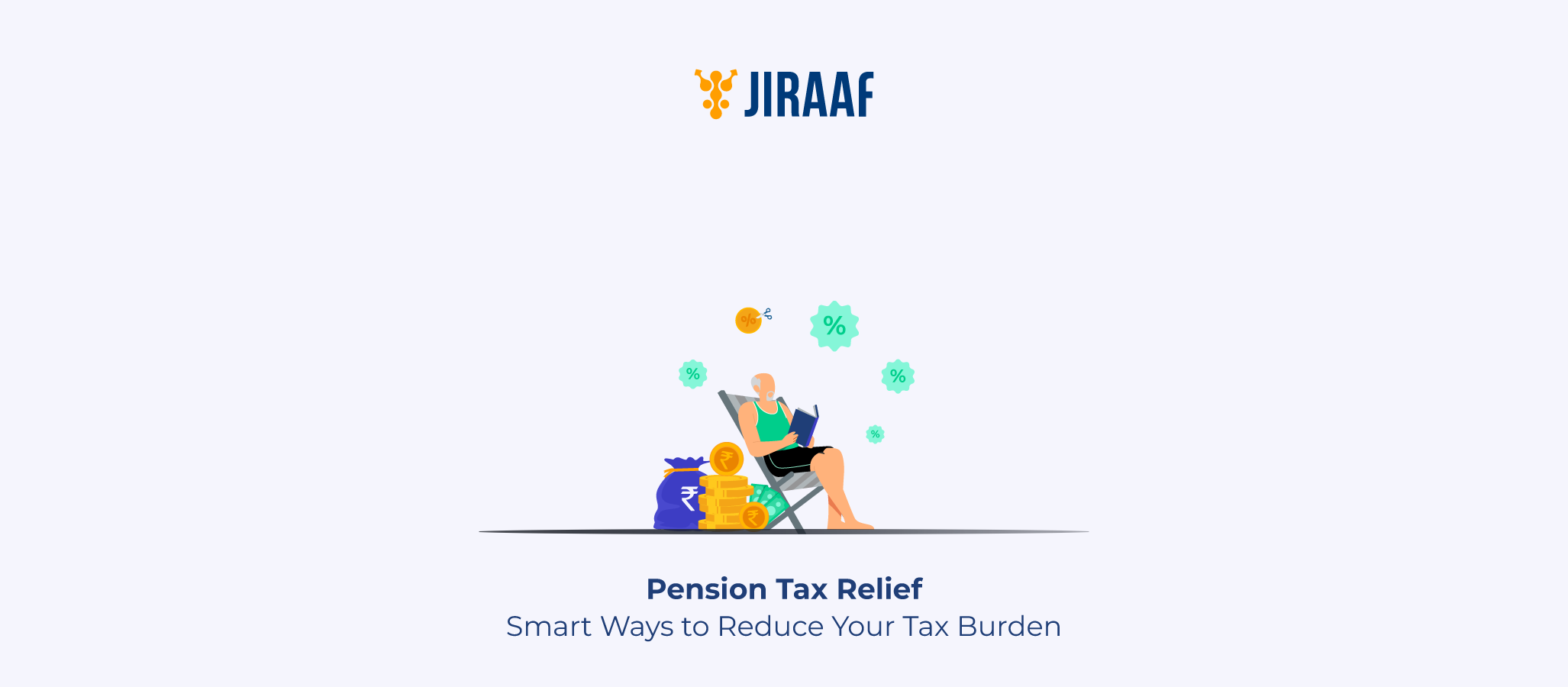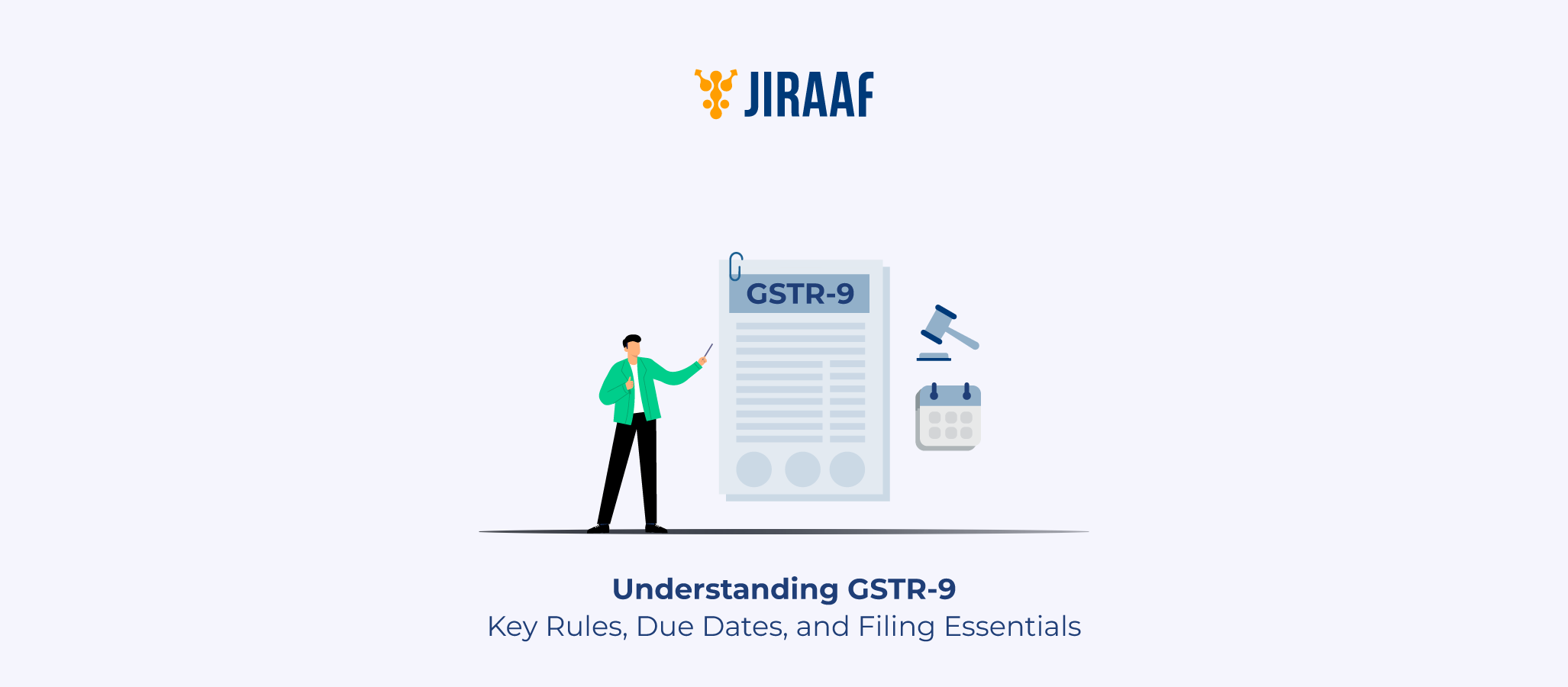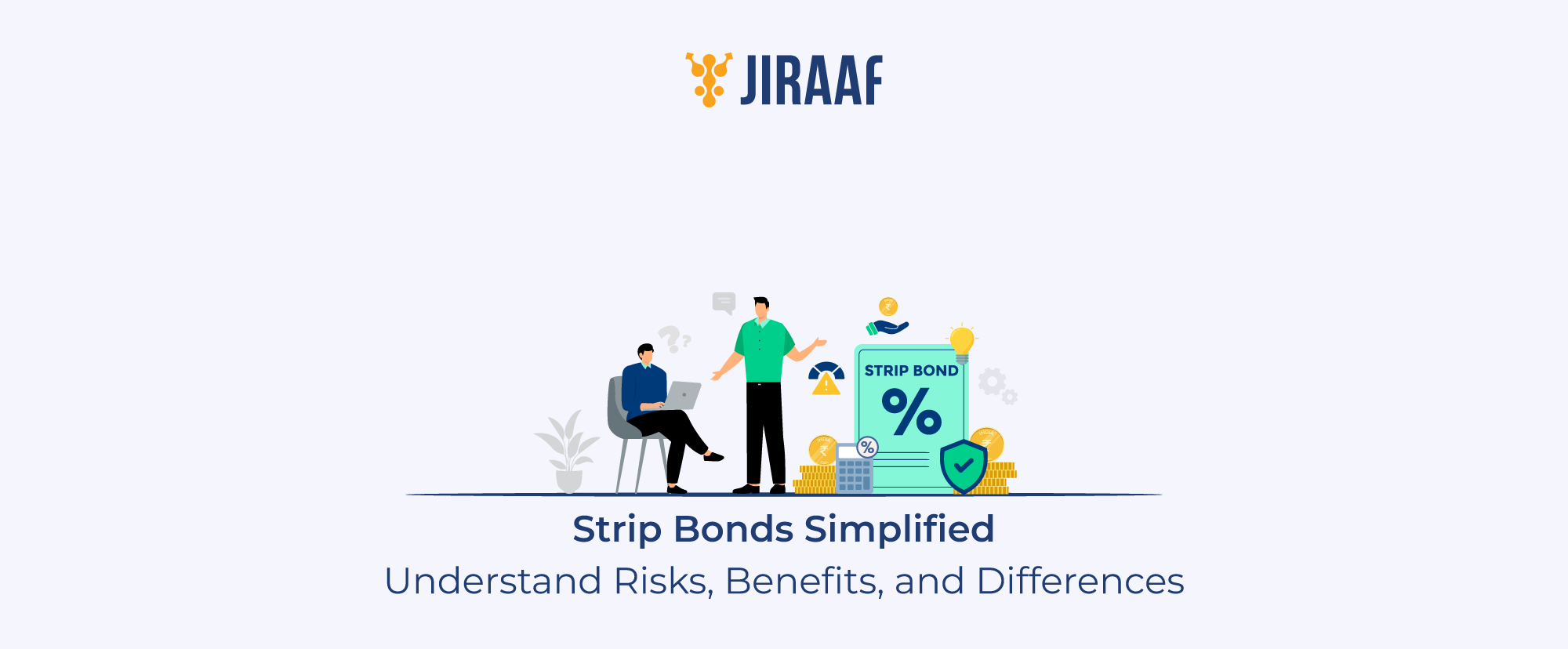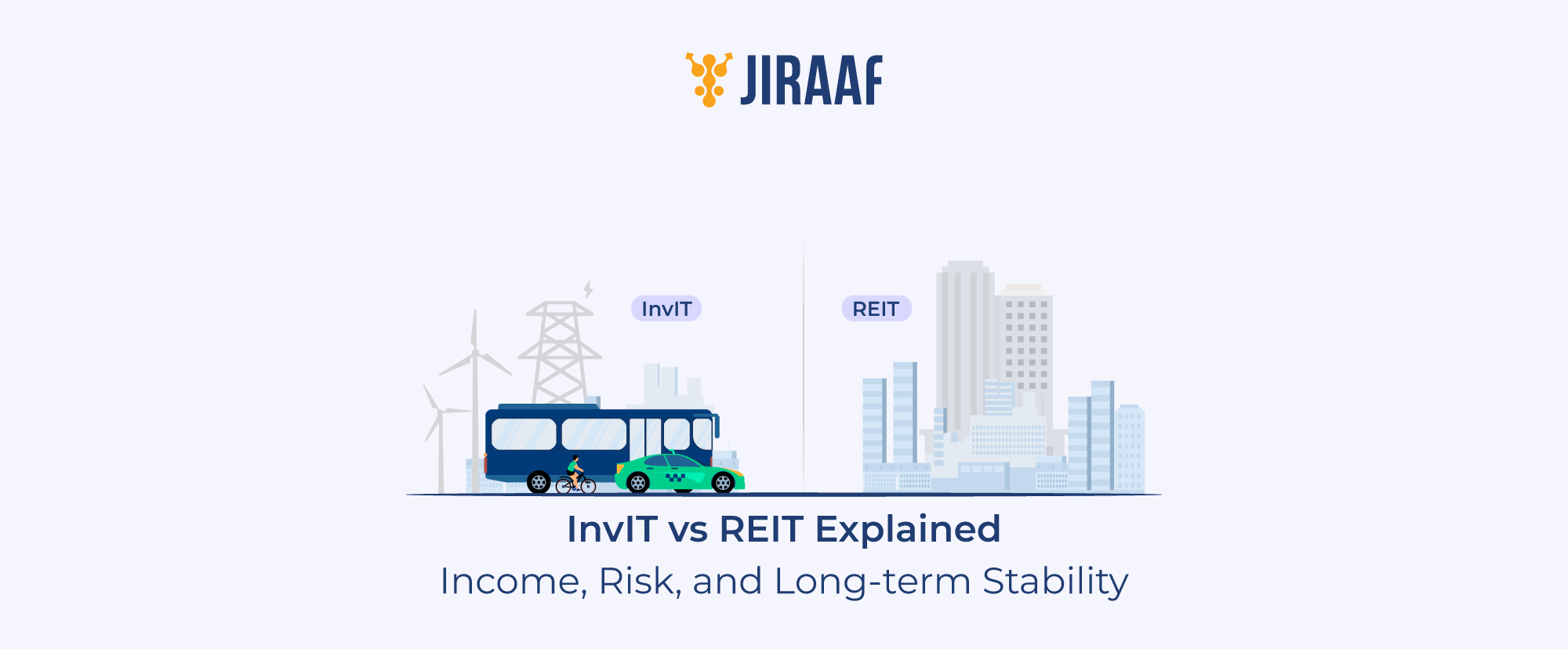If you’re paying contractors or subcontractors for work done, there’s a good chance you’re required to deduct tax at source (TDS) under Section 194C of the Income Tax Act. Whether you’re running a business, managing a partnership, or heading an organization, understanding this section can help you avoid penalties and stay tax compliant. Let’s break it down for you, clearly and thoroughly.
What is Section 194C of the Income Tax Act?
Section 194C governs TDS on payments made to residents for carrying out any work, including the supply of labor, under a contract. It’s primarily aimed at ensuring that taxes are collected at the time of payment for services, especially when large amounts are involved.
This section applies not just to traditional “contractors” but also to many types of services in the business and professional domain.
Who is Liable to Deduct TDS Under Section 194C?
Not everyone is required to deduct TDS under Section 194C. Here’s who must:
- Any person other than an individual or Hindu Undivided Family (HUF).
- Individuals and HUFs are liable only if:
- They were subject to a tax audit in the previous financial year.
- Their turnover exceeded ₹1 crore (business) or ₹50 lakh (profession).
So, if you’re a salaried individual hiring a contractor for home repairs, you’re not liable. But if you run a business that has exceeded turnover thresholds, you are.
When Does Section 194C Apply?
This section applies when:
- There is a written or verbal contract.
- Payment is being made for:
- Carrying out any work (including labor supply),
- Or a sub-contract,
- Related to advertising, broadcasting, transport, catering, etc.
Example: You hire a digital marketing agency to run ads for your business, and the annual contract is ₹3,00,000. You must deduct TDS under Section 194C.
TDS Rates Under Section 194C
Here’s a breakdown of applicable rates:
| Nature of Payment | Recipient | TDS Rate |
| Contractual payment | Individual or HUF | 1% |
| Contractual payment | Others (firm, company) | 2% |
| Sub-contract payments | All types | 1% |
| PAN not available | All recipients | 20% (as per Section 206AA) |
GST is excluded from TDS calculation if mentioned separately in the invoice.
Threshold Limits for TDS Deduction
TDS under Section 194C is not applicable unless:
- Single payment exceeds ₹30,000
- Aggregate in FY exceeds ₹1,00,000
If either threshold is crossed, TDS will apply.
Example: You pay a contractor ₹25,000 five times a year (total ₹1,25,000). Even though no single payment crosses ₹30,000, the annual limit is breached, and TDS must be deducted on the entire ₹1,25,000.
What is a ‘Work Contract’ Under Section 194C?
“Work” includes:
- Advertising
- Broadcasting and telecasting
- Carriage of goods/passengers (excluding railways)
- Catering
- Manufacturing or supplying a product where raw material is provided by the payer
Excluded: sale of goods (with no labor element), personal payments, and contracts not qualifying as “work”.
Time of Deduction and Payment of TDS
When to deduct TDS
At the earlier of the following:
- Credit to the contractor’s account, or
- Actual payment (by cash, check, or transfer)
Due date for TDS deposit
| Month of Deduction | Due Date |
| April–February | 7th of the next month |
| March | 30th April of next FY |
TDS Certificate (Form 16A)
Form 16A must be issued quarterly within 15 days of the due date for filing TDS returns.
How to File TDS on Contractor Payments (Form 26Q)
Section 194C payments must be reported via Form 26Q, filed quarterly. Here’s the process:
- Calculate total payments and applicable TDS.
- Generate a challan on the TRACES or NSDL portal.
- Pay TDS using Challan ITNS 281.
- File Form 26Q for the relevant quarter.
- Generate Form 16A for the contractor.
Pro Tip: Use TDS software or a chartered accountant if you have many vendors.
Penalties and Consequences for Non-compliance
| Non-compliance | Penalty/Consequence |
| Not deducting TDS | Disallowance of 30% of the expense u/s 40(a)(ia) |
| Late payment | Interest @ 1–1.5% per month |
| Non-filing of TDS return | ₹200/day u/s 234E (max equal to TDS amount) |
| Not issuing Form 16A | ₹100/day per certificate |
Recent Updates or Clarifications from CBDT
- CBDT has clarified that GST should be excluded from the TDS amount if shown separately.
- Transport contractors (with 10 or fewer owned goods carriages) are exempt from TDS under certain conditions (Declaration + PAN must be furnished).
- Digital payments and reporting through new TDS compliance portals have been emphasized.
Common Mistakes to Avoid While Deducting TDS Under Section 194C
| Mistake | Impact | Solution |
| Deducting TDS including GST | Excess deduction | Exclude GST if separately mentioned |
| Missing thresholds | Unnecessary deduction | Monitor cumulative payments per contractor |
| Not verifying PAN | 20% TDS rate | Always collect and validate PAN |
| Delayed TDS deposit | Interest + penalty | Set automated reminders for due dates |
| Improper categorization | Wrong rate applied | Classify contractor vs sub-contractor correctly |
Conclusion: Why Section 194C Compliance Matters
Staying compliant with Section 194C ensures your business expenses remain deductible, and your tax audits remain clean. Contractors form a vital part of operations for businesses across industries, and timely TDS deduction protects both parties from downstream tax issues.
The key? Set up a process—verify contracts, monitor thresholds, exclude GST smartly, and file TDS returns quarterly without delay. With a little discipline, TDS on contractor payments becomes a routine task instead of a last-minute scramble.



